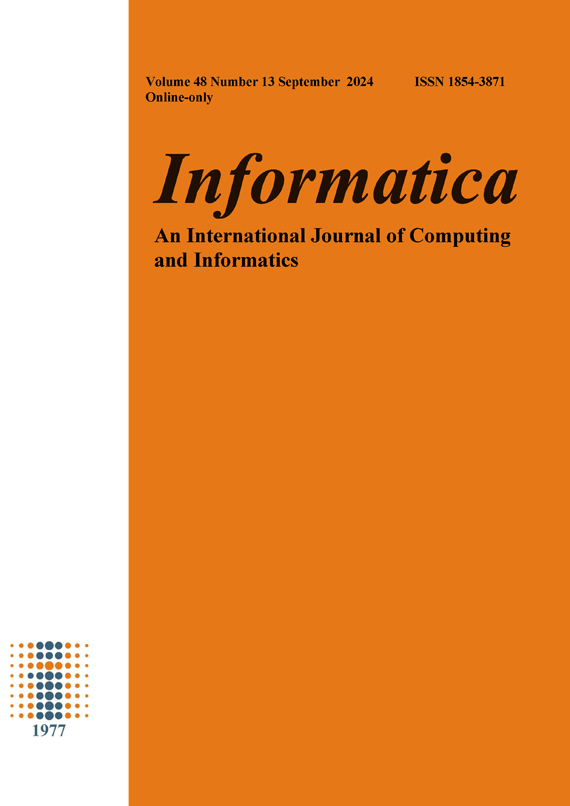Evaluation on Numerical Method of Differential Formula Based on Optimal Control of Space Robot's Attitude and Motion
DOI:
https://doi.org/10.31449/inf.v48i13.6065Abstract
Due to the complexity of the space robot system structure and working environment, various noises and friction torque between the joints of the manipulator and sloshing of liquid fuel, etc., uncertainty and external disturbance are inevitable. If these factors are not considered in the control system design, the accuracy and stability of the controlled system would not be guaranteed. In this paper, the robust trajectory tracking control of a space robot system with a base attitude controlled under the conditions of uncertainty and external disturbance was studied respectively. In this paper, for the space robot system with uncertainty, a robust trajectory tracking controller design method based on the optimal control differential formula of space robot attitude motion was proposed, and the uncertainty of the space robot system was analyzed. The quasi-linear structure of the system was obtained by analyzing the two uncertainty functions numerically by means of differential formulas. Combining the robust performance index with the optimal control formula of attitude motion, a robust optimal controller was obtained. Taking the optimal path obtained by optimization as an example, simulations were carried out for the space robot system with uncertainty and external disturbance respectively. When N was 160 cycles, the angles of each joint were 41°, 76° and 10°, so the planning in this paper is feasible. The optimal control scheme of space robot attitude motion proposed in this paper not only improved the robustness, but also reduced the pose disturbance caused by the motion of the manipulator to the base vehicle.
Downloads
Published
Issue
Section
License
I assign to Informatica, An International Journal of Computing and Informatics ("Journal") the copyright in the manuscript identified above and any additional material (figures, tables, illustrations, software or other information intended for publication) submitted as part of or as a supplement to the manuscript ("Paper") in all forms and media throughout the world, in all languages, for the full term of copyright, effective when and if the article is accepted for publication. This transfer includes the right to reproduce and/or to distribute the Paper to other journals or digital libraries in electronic and online forms and systems.
I understand that I retain the rights to use the pre-prints, off-prints, accepted manuscript and published journal Paper for personal use, scholarly purposes and internal institutional use.
In certain cases, I can ask for retaining the publishing rights of the Paper. The Journal can permit or deny the request for publishing rights, to which I fully agree.
I declare that the submitted Paper is original, has been written by the stated authors and has not been published elsewhere nor is currently being considered for publication by any other journal and will not be submitted for such review while under review by this Journal. The Paper contains no material that violates proprietary rights of any other person or entity. I have obtained written permission from copyright owners for any excerpts from copyrighted works that are included and have credited the sources in my article. I have informed the co-author(s) of the terms of this publishing agreement.
Copyright © Slovenian Society Informatika








